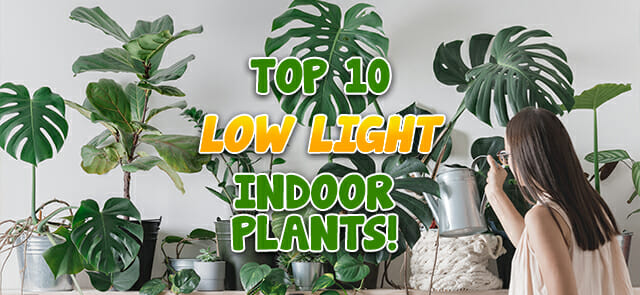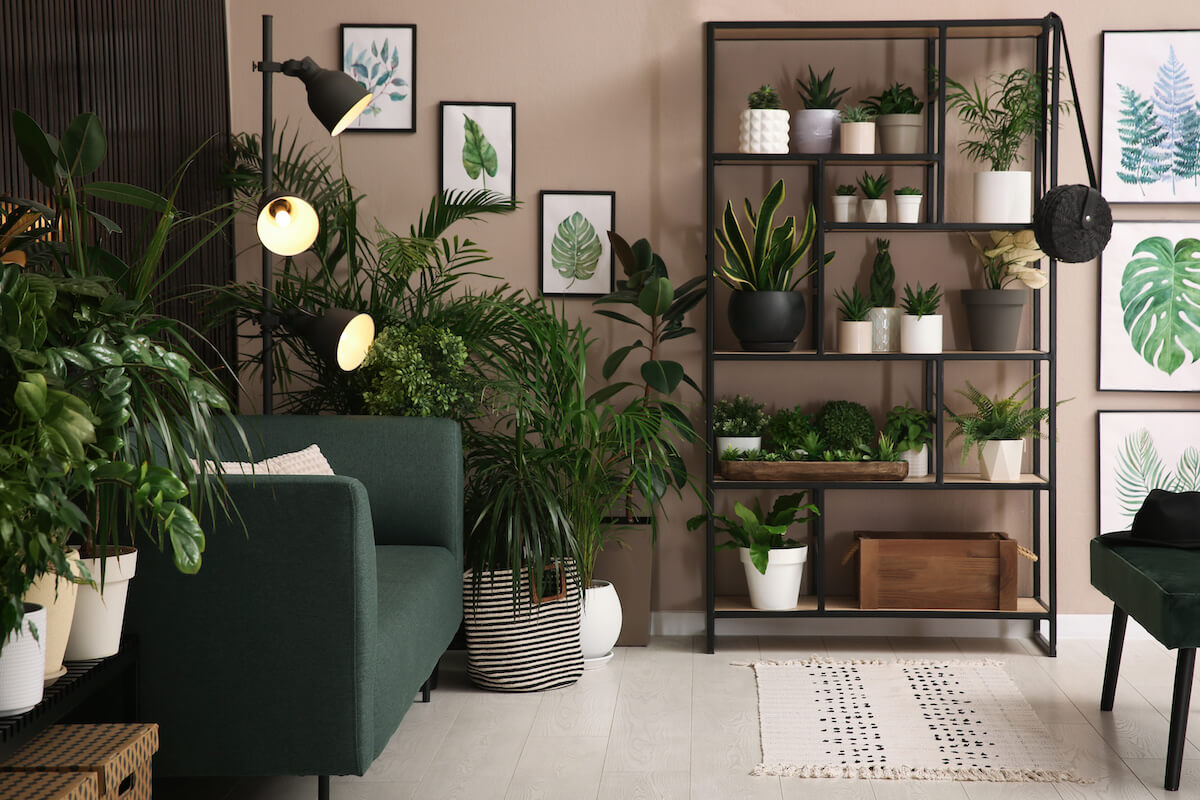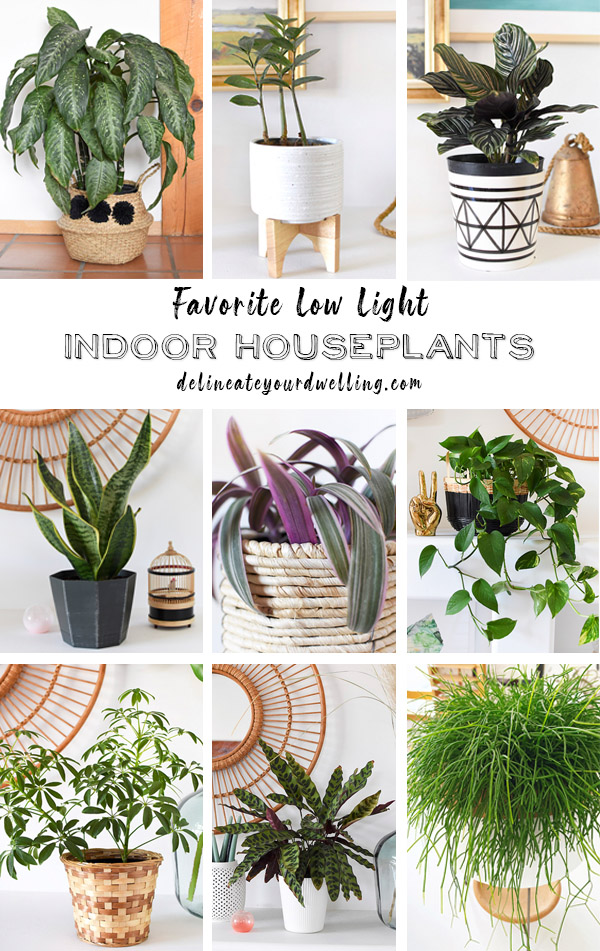Discover the Best Low-Light Indoor Plants for Your Home or Office Space
Uncover the Secrets of Low-Light Indoor Plants and Exactly How They Boost Your Environment
Low-light indoor plants have amassed raising attention for their unique ability to enhance both visual appeal and ecological high quality within homes and work environments. These resilient types, including the Snake Plant and Peace Lily, not only grow in challenging illumination conditions but additionally play a pivotal role in air filtration and emotional health.
Advantages of Low-Light Indoor Plants
Although many individuals presume that indoor plants call for abundant sunlight to grow, low-light indoor plants provide a multitude of advantages that make them optimal for numerous environments. One of the primary benefits is their versatility; they can grow precede with limited natural light, such as workplaces, basements, or areas with little home windows. This function permits individuals to enhance their surroundings with greenery, adding to improved looks without the need for substantial lights modifications.
In addition, low-light interior plants can dramatically improve interior air high quality by releasing and filtering damaging toxins oxygen, making living areas healthier. Study has shown that specific selections can absorb toxins, thus advertising a cleaner ambience. Furthermore, they can boost psychological wellness by decreasing anxiety and enhancing performance. The presence of plants has been linked to higher feelings of serenity and focus.
In addition, low-light plants usually call for less maintenance than their sun-loving equivalents, making them ideal for busy individuals or those new to gardening. Their durability permits them to love very little intervention, hence providing a rewarding experience for plant enthusiasts and newbies alike. In summary, low-light interior plants serve both practical and visual objectives, making them important enhancements to any type of area.
Top Low-Light Plant Selections
Low-light interior plants can be found in a range of species, each offering distinct attributes and benefits matched for dim settings. Amongst the most prominent ranges is the Snake Plant (Sansevieria), recognized for its architectural leaves and air-purifying capabilities. This resistant plant flourishes on forget and can tolerate a wide range of light problems.
One more superb option is the ZZ Plant (Zamioculcas zamiifolia), which features glossy, dark environment-friendly fallen leaves and is very drought-tolerant. Its versatility makes it a preferred for offices and homes with minimal sunshine.
The Pothos (Epipremnum aureum) is additionally a top competitor, with its routing creeping plants and heart-shaped fallen leaves - Best low-light indoor plants. This flexible plant can be educated to climb up or cascade, adding visual rate of interest to any kind of space

Care Tips for Low-Light Plants
Looking after low-light indoor plants calls for a nuanced understanding of their certain requirements to guarantee optimum growth and vigor. Initially, it is necessary to pick the right potting mix, as a well-draining soil is critical to stop root rot. A blend designed for houseplants, frequently containing peat moss and perlite, functions well for many low-light ranges.
Watering is an additional key facet of care. Low-light plants generally call for much less regular watering compared to their sun-loving equivalents.
Fertilization should be come close to with care. Throughout the growing period, a watered down liquid fertilizer can be applied monthly, yet in wintertime months, numerous low-light plants get in dormancy and call for little to no try this web-site fertilizing.
Last but not least, it is necessary to regularly cleanse the fallen leaves to get rid of dust, allowing for better light absorption. By sticking to these care pointers, you can grow a thriving atmosphere for your low-light interior plants, improving both their appearance and durability.
Enhancing Air Quality With Plants
Indoor plants play a significant role in boosting air quality within homes and workplace areas. Via the procedure of photosynthesis, these plants absorb co2 and release oxygen, adding to a healthier ambience. In addition, certain low-light indoor plants have the ability to filter harmful contaminants, such as benzene, formaldehyde, and trichloroethylene, which are commonly discovered in indoor environments.

Furthermore, the existence of interior plants can increase humidity levels, which aids relieve dry skin and respiratory system concerns, better enhancing overall wellness. This capacity to boost air top quality not only promotes physical health yet also sustains mental wellness.
Integrating low-light interior plants right into your living and functioning areas can result in a more stimulating and lively environment (Best low-light indoor plants). Buying these natural air cleansers is a straightforward yet reliable method for improving indoor air high quality and fostering a much healthier way of life
Producing a Peaceful Indoor Space
The integration of plants right into living rooms not just boosts air top quality but likewise adds to a serene ambience. Low-light indoor plants, such as snake plants and pothos, are especially effective in developing a peaceful environment, as they flourish in conditions that might or else be inhospitable for various other plant. Their rich vegetation supplies a calming aesthetic, reducing stress and anxiety and advertising relaxation.
Integrating these plants right into your home or office can stimulate a feeling of peace and well-being. Tactically putting them in locations where you invest significant time, such as living offices or spaces, permits for an immersive experience with nature, which link has been revealed to boost mood and cognitive function.
Furthermore, the mild activity of leaves in response to air movement can produce a dynamic visual element that boosts the total ambiance. Think about using a selection of plant my latest blog post heights and structures to include depth and passion to your room. With thoughtful placement and care, low-light indoor plants can transform any location into a tranquil refuge, promoting not just visual fulfillment yet also emotional and mental health.

Final Thought
Incorporating low-light interior plants right into different settings yields substantial benefits, consisting of improved air top quality and boosted aesthetic allure. The transformative power of low-light plants underscores their value in enhancing both household and occupational settings.
Although numerous individuals assume that interior plants call for plentiful sunshine to thrive, low-light indoor plants offer a wide range of benefits that make them perfect for numerous atmospheres.In addition, low-light indoor plants can considerably improve indoor air top quality by filtering system dangerous toxic substances and releasing oxygen, making living rooms healthier. In addition, certain low-light interior plants possess the ability to filter unsafe pollutants, such as benzene, formaldehyde, and trichloroethylene, which are generally found in indoor settings.
Low-light indoor plants, such as serpent plants and pothos, are specifically reliable in creating a serene atmosphere, as they thrive in problems that may otherwise be unwelcoming for other greenery.Incorporating low-light interior plants right into numerous settings yields considerable benefits, consisting of enhanced air top quality and enhanced aesthetic charm.